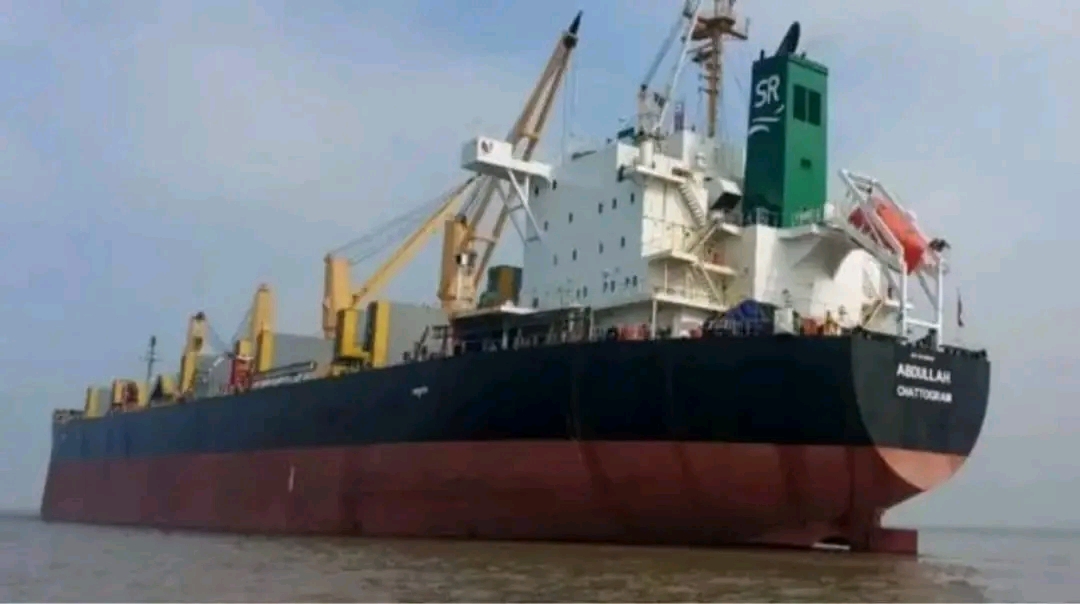Shipping industry keeps advancing even more on safe operation, technology (Liferaft and other life saving equipments) and empowering qualified professionals. Sailing across the ocean has never been an easy task, with lots of risks, hard work, etc.
In other to keep those working or traveling by sea safe, we share this useful information which might help in promoting the sea transport safety and make it more trusted.
Related post: 11 Mistakes sailors make and how to avoid them
In this article, let’s talk more about the main five things to learn about liferaft usage and why ships are equipped with the device.
Firstly, what is a life raft?
The liferaft is a small emergency inflatable device or boat, equipped onboard ship to help in the evacuation of individuals during emergency events like abandon ship.
Things normally trigger abandon ship could be; fire out of control, ship grounded, flooding caused by vessel body accident, ship list to uncontrollable return.
Having known that, before or while boarding a ship, it’s very important that you check to know the location, type and how to use safety devices provided. It’s well understood that no one prays for such incidents listed above, but the truth is that, it does happen.
Now, what are the things to know in case of life raft;
1) Location: once get onboard, one of your safety orientation is to know the area was life raft is located, how many are they and the nearest or which of you are grouped to be during an emergency.
2) Capacity and food: All life raft are equipped with water, rational food, medicine, and signal devices. Also, they are built to carry a certain amount of people.
The above depends on the type/grade ie. “A or B”. The grade which is also written on the liferaft body can be “A” meaning it contains more foods, which can last for a longer time ( if used properly). The grade “A” also signifies that the ship is an ocean-going vessel, not coastal. While in that of grade “B” it contains less food which can last up to 48 hours or more ( if used properly).
3) Launching: As a crew onboard, it’s important to learn more about the two methods of launching the liferaft (Auto and manual). The manual is done when the ship still maintain hight ; unlash secured ropes, then remove the raft container from Hydrostatic Release Unit (HRU) by opening the manual slip hook, pull out the cylinder rope ( length for the hight), secure painter end to a strong place at ship deck and let got go the raft into the water. Once on the water, check the position and pull the cylinder rope till the cylinder active.

The automatic mode of activation can be obtained when the ship sinks. With the help of HRU attached to the leashing connected close to cylinder rope joint, once HRU activates, it will cut the leashing rope, creating a chance for the water force to float up to the raft and activate. Ask officers onboard to show you the device. For HRU renewal and maintenance learn more from wartsila article about HRU usage
4) Boarding the raft: It’s recommended not to board the raft with any shape object ( it will damage the raft). It can be board by jumping into the water and swim towards the raft, jump directly to the raft ( if no one inside).
Sometime raft can be activated and board right onboard, then drop into the water by crane. But not in all ships. Once board, it’s your duty to help others to board as well.

While boarding the liferaft, it’s also recommended to put on warm clothes, this will help to keep you warm.
5) Food and water usage: while on the raft, it’s recommended to manage the water and food provided. As you might not know how long it will take to get rescued.
Conclusion
There are other similar safety devices like a lifeboat, floating buoy, etc. All of these are to be checked and know about usage on or before boarding the ship.
Hopefully, this article explains better. But to add more or ask questions, feel free to drop your comment below.
Is this article useful? Share to friends and subscribe for our direct post emailing.








